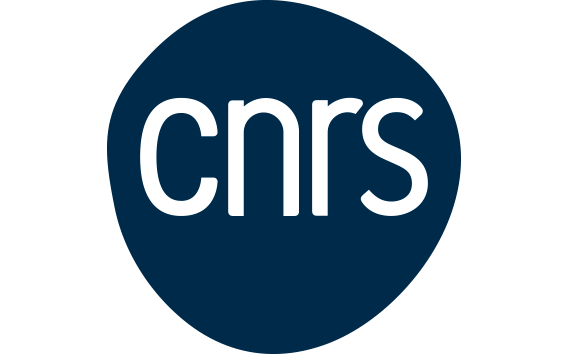We are designing, realizing and using sources and integrated circuits whose functionalities are based on nonlinear interactions. Based on the OPTINIL platform, we realize most of the components on Lithium Niobate, combining a proprietary waveguide fabrication process developed by the team with phase matching engineering techniques available on this material. This allowed realizing very powerful components in various regimes such as parametric down conversion or sum frequency. More recently, thanks to a close collaboration with CRHEA, the team realized nonlinear components on GaN, with the objective to achieve UV sources coupling a laser and a frequency doubler on the same substrate.

- Investigation of domain kinetics in congruent lithium niobate modified by proton exchange
-
The domain structure evolution is studied in congruent lithium niobate crystals with surface layers modified by three different proton exchange techniques. The significant decrease of the nucleation threshold field and qualitative change of domain rays nucleation and growth is revealed.
Collaboration: Pr. V. Shur, Ural Federal University
- Second Harmonic Generation in PPLN waveguides with stitching errors
-
Depending on the chosen fabrication process, nonlinear waveguides realized in periodically oriented material can present different fabrication errors. We numerically study the impact on the nonlinear performances of one or several stitching errors occurring during the realization of the periodic domains by e-beam writing. This study shows that contrarily to what was expected, a single finite stitching error does not simply decrease the nonlinear efficiency, but splits the Second Harmonic (SH) signal into a double peak spectrum. The numerical results are confirmed by SH Generation experiments performed in PPLN waveguides.
Collaboration: Pr. V. Shur, Ural Federal University
- Large aperture amplifier using slanted PPLN
-
We fabricate 64° Y-cut congruent lithium niobate samples and demonstrate large amplification of high power signal beams in the near-IR range.
Collaboration: Pr. V. Shur, Ural Federal University and Nicolas Forget, Fastlite.
- Nonlinear optics in low-loss planar GaN waveguides
-
We demonstrate low-loss GaN/AlGaN planar waveguides grown by molecular beam epitaxy on sapphire substrates. By using a proper AlGaN cladding layer and reducing surface roughness we reach <1dB/cm propagation losses at 633nm. These low propagation losses allow an efficient second harmonic generation using modal phase matching between a TM0 pump at 1260nm and a TM2 second harmonic at 630 nm. A maximal power conversion of 2% is realized with an efficiency of 0.15% · W−1cm−2.
Collaboration with CHREA.
- Soft-proton exchange on magnesium-oxide-doped Lithium Niobate
-
We fabricate waveguides starting from MgO-doped substrates using the Soft-Proton Exchange (SPE) technique and we show that this combination represents a promising alternative to reduce Photo-Refractive Damage (PRD). We demonstrate that, with a small adaptation of the exchange parameters, SPE allows producing MgO-doped LN refractive-index profiles almost identical to those produced in Congruent-melted Lithium Niobate (CLN) without reducing the nonlinearity in the substrate. We also prove that the SPE does not affect substantially the resistance to PRD characteristics of MgO-doped substrates.
- LiNbO3 ion-exchanged waveguides refractive index characterization using nonlinear effects
-
In integrated photonics, the precise knowledge of the waveguides refractive index profile is mandatory for the modeling of photonics chip and therefore implement innovative circuits. Usual index profile determination relies on effective index measurement of propagating modes in planar waveguides coupled with numerical fitting tools. We demonstrate an alternative technique based on the characterization of the second harmonic generation signature of a nonlinear waveguide. We include the characterization of high-order spatial modes showing their relevance to probe both vertical and lateral distributions. We also provide an explicit profile ready-to-use for modeling soft-proton exchanged waveguide and we test its prediction capability. This technique can be used alternatively to standard characterization technique when the m-lines spectroscopy setup is not possible to use.
- Noncritical quasi phase matching
-
Under some particular conditions we demonstrate that the wavelengths at which some transverse modes TM2ω are generated in PPLN waveguides are almost identical, whatever the waveguide width. This is connected with the condition of non-critical quasi phase matching.


